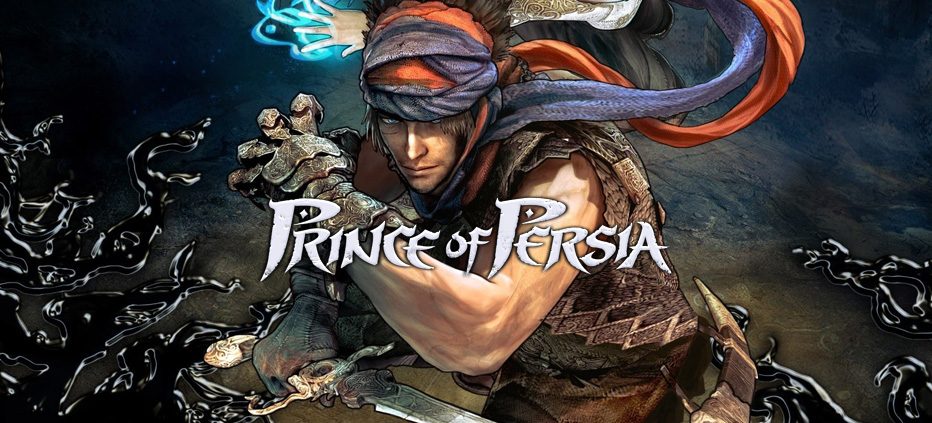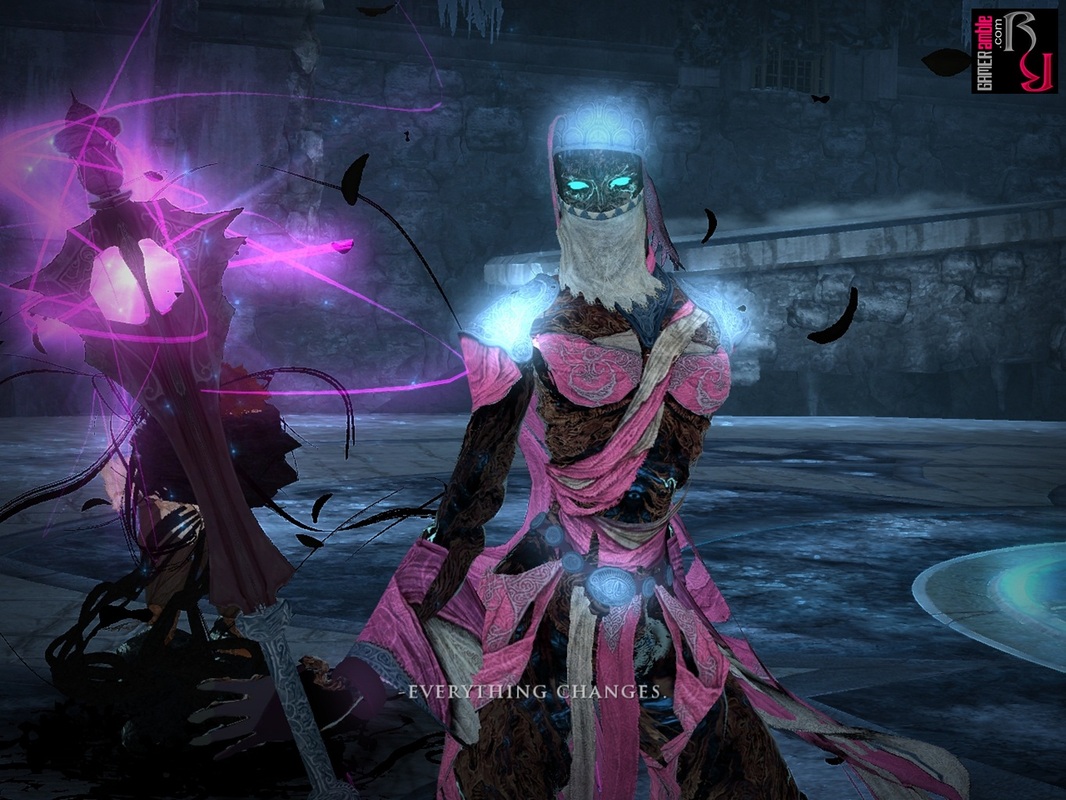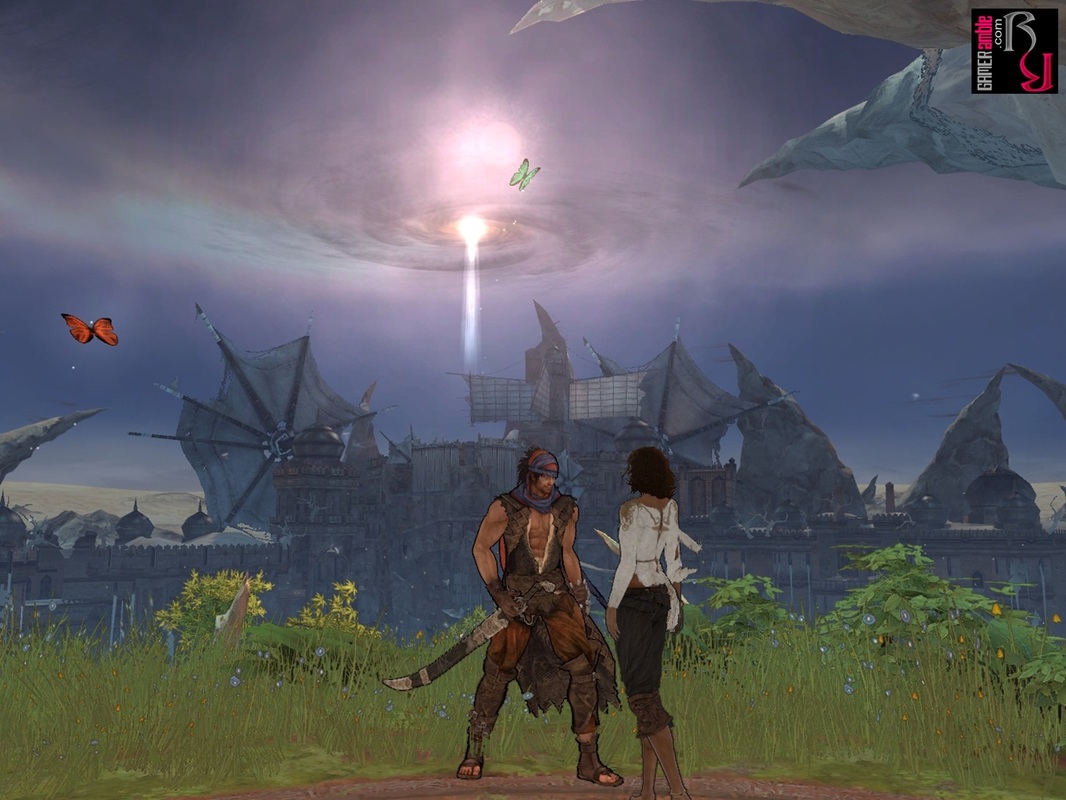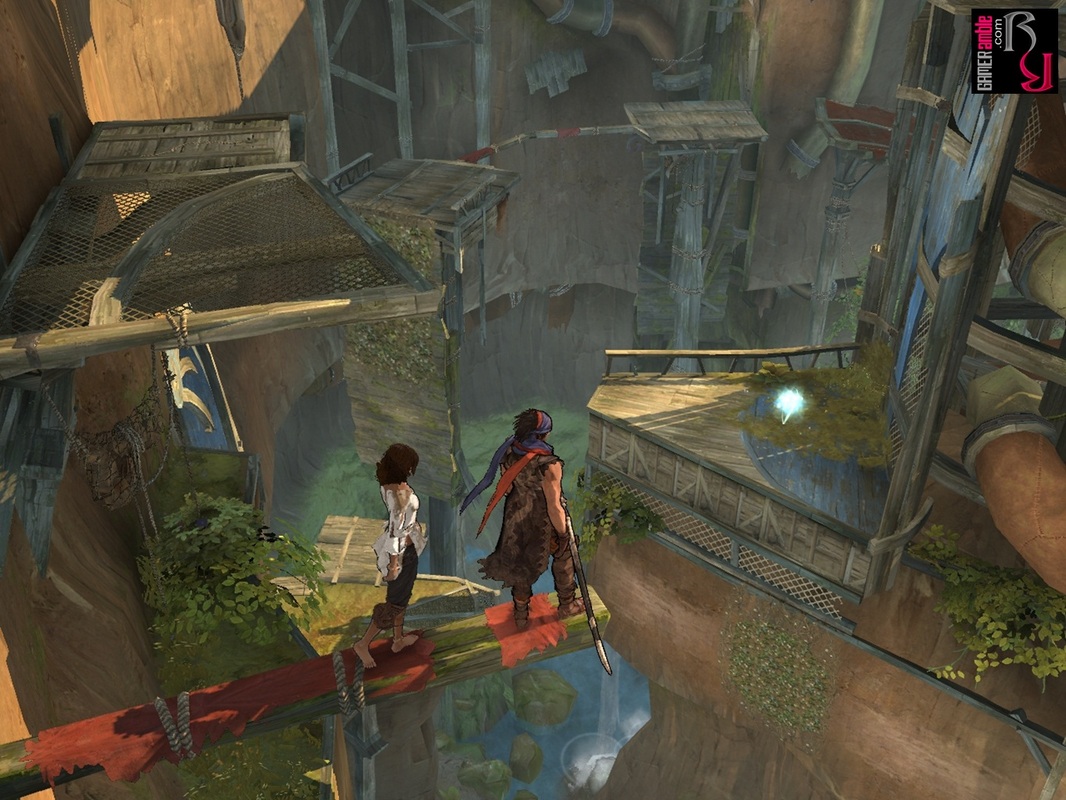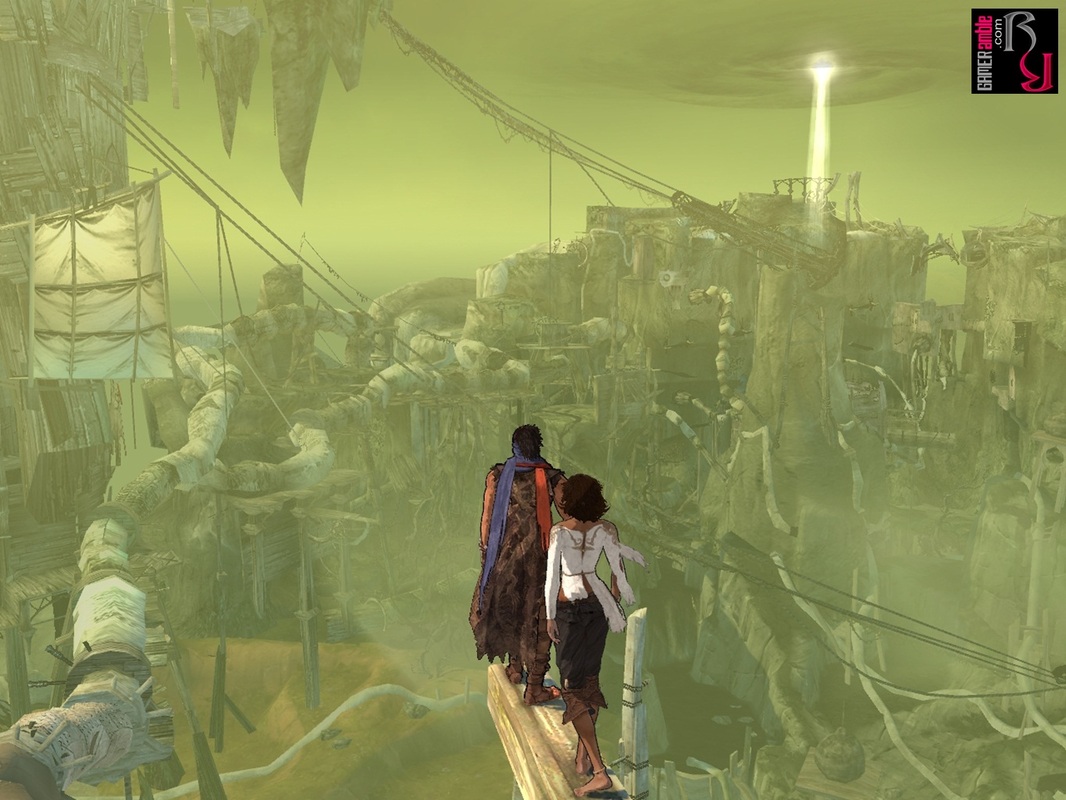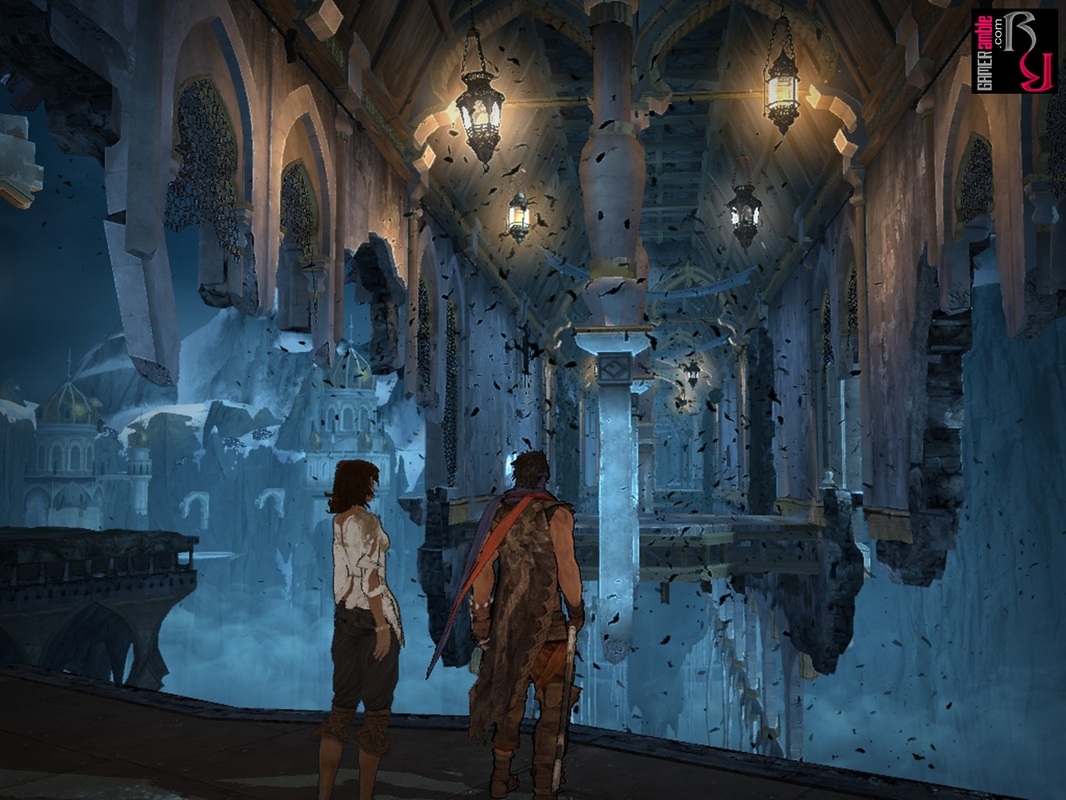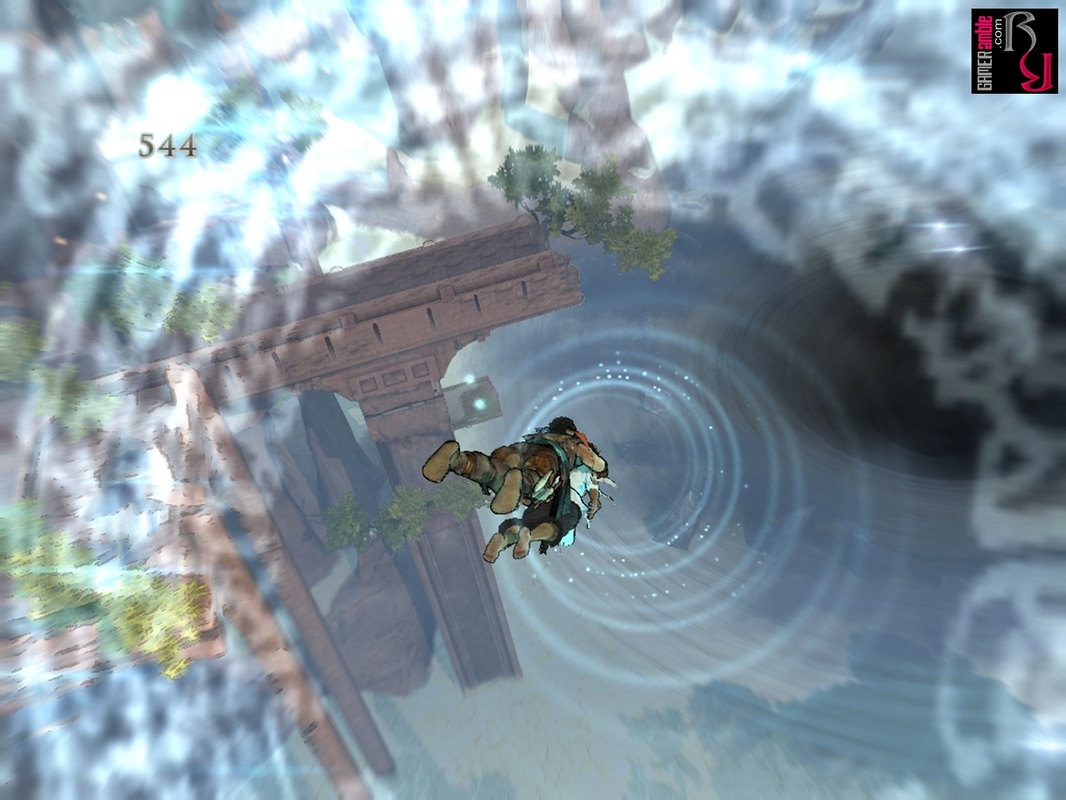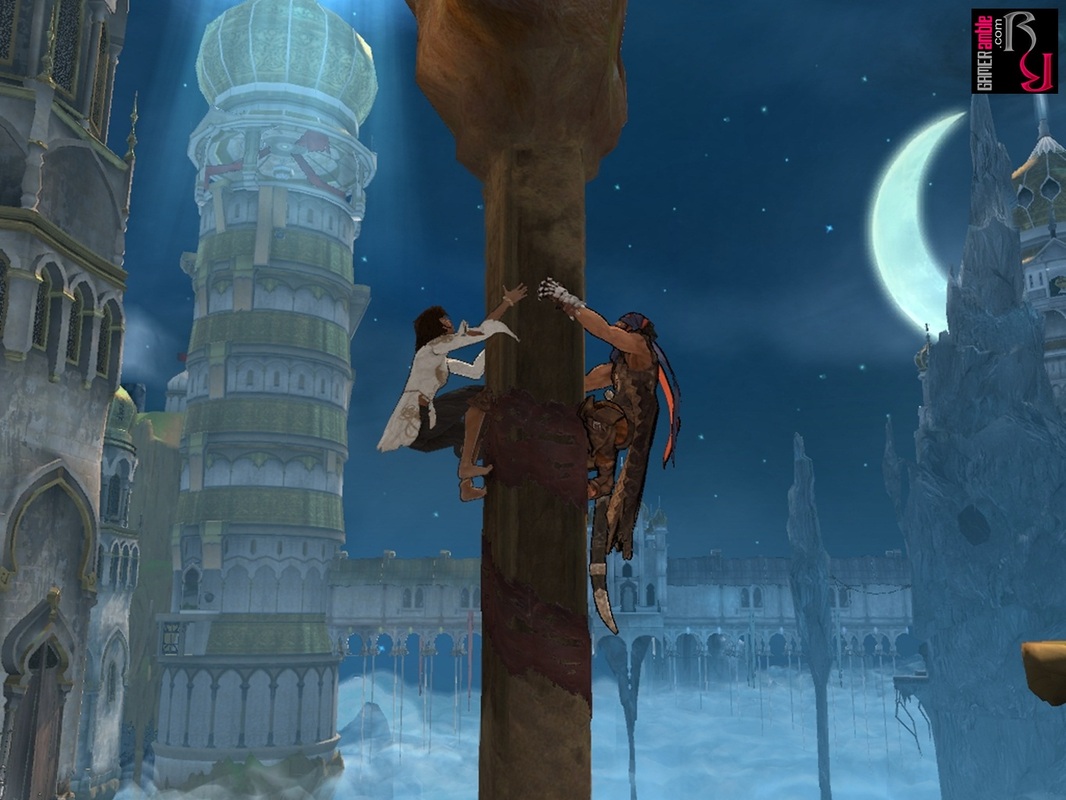Prince of Persia (2008)
Developer: Young Horses | Publisher: Young Horses | Release Date: 2014 | Genre: Action / Adventure / Indie | Website: Official Website | Purchase: Steam
It’s hard to believe that the Prince of Persia franchise is entering its 20th year already. Very few games have had the longevity that this series has displayed, and even fewer managed to be successful with every iteration. Whereas games like Tomb Raider have crammed tons of titles into a relatively small time frame, the prince has constantly re-imagined himself over the years. While not every title has been a success, the last thing the series could be accused of is stagnation. The last time we saw the prince was in the Sands Of Time trilogy, which still holds a top spot in many gamers’ hearts and collections. It would have been easy for Ubisoft to create another title using its successful formula and maybe just adding a few more scantily clad girls and gore to attract the masses. However, we applaud them for refraining from such a cash-in and deciding to take the series in another direction.
So the slate has been cleaned, and the stage set for yet another epic adventure starring a new prince that isn’t actually a prince at all but a grave robber of all things (or tomb raider, if you will). Managing to get himself caught up in a sandstorm after his latest expedition, acquiring “previously owned items”, the prince finds himself separated from his treasure-laden donkey and stumbling around half-blind. After a brief tumble down a cliffside (which demonstrates that the new prince is every bit as nimble and agile as the old ones), he bumps into a mysterious girl pursued by some nefarious-looking characters. Not one to shy away from helping a damsel in distress, the prince rushes to her aid (not that she needs it but anyway) and inadvertently gets himself caught up in what turns out to be the adventure of a lifetime. The prince follows his reluctant new friend Elika to a temple where the two of them are just in time to witness the destruction of the tree of life at the hands of Elika’s father. Since the tree was supposed to keep the dark god Ahriman trapped inside the temple, this is not a good thing, and it’s not long before “corruption” covers the land. This filmy substance is slowly spreading across the world and twisting everything in its path.
All is not lost, however, as Ahriman hasn’t entirely escaped his bonds yet. The prince learns that by helping Elika cleanse the lands via “fertile grounds” dotted around everywhere, they can still save the day. The prince is not impressed with losing his donkey and being drafted into saving the world all on the same day, but then again, it’s not every day you meet a cute girl in the middle of the desert that needs your help.
We’ve heard grumbles that the new Prince Of Persia plot doesn’t live up to the high standards of the last series. While it’s true that things aren’t as convoluted and complicated as they were in the Sands of Time trilogy, this isn’t necessarily a bad thing. The storyline had more than enough twists and turns to keep us hooked and wasn’t without its fair share of startling revelations. The dialogue between the two main characters was one of the best parts of the game, in our opinion, and one of the things that kept us playing way past bedtime.
The new prince is a witty and humorous character and his partner Elika is his verbal match. In a great design move, you can stop for a chat with Elika anytime while. Doing so uncovers more about her past and the plot, but it is entirely optional. Keeping the conversations optional should satisfy those that love interesting dialogue and silence those that constantly complain about long cut-scenes. The prince utters some priceless lines while exploring the levels and some of the conversations he has with Elika had us laughing out loud. The music and sound effects are also very nicely done and fit the Arabian Nights theme perfectly.
The showstopper, however, is the graphics. Running on a heavily modified version of the Assassins Creed engine Prince of Persia truly is a joy to behold. The graphics feature a cell-shaded watercolor look that makes it seems like the artists ripped them straight from the pages of 1001 Arabian Nights. Unlike previous games, you are pretty much free to choose how you want to explore the levels. Apart from a bit of loading at the start of the game, you never have to look at another loading screen except if you use Elika’s powers to teleport you from one area to the next instead of walking there. While each new location you enter is initially tainted by the corruption and thus looks dark and gloomy, once you reach the fertile grounds and cleanse it, everything explodes in a shower of light and color. Green grass will grow all over, colorful butterflies will flutter everywhere, and what was once dark pools of corruption will turn into shimmering blue lakes and waterfalls. The effect (which takes place in real-time) is spectacular and adds to the sense of achievement you feel. The level designs are fascinating, with loads of “wow” moments, and the outstanding animations are impressive. When you clamber along some vines, Elika will jump on the prince’s back, or when you climb up something, she will automatically reach for the prince’s hand to pull her up. The prince even catches her if he is nearby when she jumps down from a height. It’s all beautifully done and amazingly fluid. Of course, the prince usually has something sarcastic to say about Elika’s weight whenever he has to catch her. As we mentioned previously, the verbal sparring between the two is genuinely funny.
The Sands of Time series introduced some outstanding gameplay elements. While Ubisoft retained many of them, they also courted controversy by implementing a few features certain to have some players up in arms. While the prince can still run along walls (and now even ceilings thanks to his handy gauntlet) and climb up virtually everything, the fear of falling prevalent in previous games is largely missing. In the past, the prince had to rely on his magical dagger to manipulate time, but with only a limited amount of uses, there were still some nail-biting sections while it was recharging. The new prince has none of these fancy time-altering gimmicks, but he doesn’t need them with Elika at his side. In what has to be one of the boldest and risky gameplay decisions ever, the prince cannot die at all. If you fall off a ledge or get fatally injured by an enemy, Elika will jump into the fray and pull the prince to safety. While this might sound like it robs the game of any semblance of challenge, all it does is remove a lot of unwanted frustration. Face it, what would you rather do? Die, go back to the main menu, load a savegame, continue playing, or watch Elika grab your hand and deposit you on the last solid footing you had? There’s no denying that this is the easiest prince of Persia game so far, but after seeing some people struggling and giving up on the previous games because it became too frustrating, we have no problems with this feature.
Since you no longer have to worry about plummeting to your doom and having to redo large sections of the level, the focus is now on acrobatics and teamwork. Elika is always at the prince’s side, and you’ll need her help on plenty of occasions to reach otherwise inaccessible areas. Not only can she give you a boost over chasms that are too far to jump yourself, but through the collection of “light seeds” that litter a level after you have cleansed it, she will gain access to new powers to help you on your quest. These powers include flying, sprinting up walls or across ceilings, and similar exotic capabilities. You need never fear getting stuck either, as Elika will light the way to your next destination if you ask her. The prince himself is just an average guy, so the sword and gauntlet that he starts the game with are all that he will take with him right through to the end. The revamped combat sees the game shifting to one-on-one fights instead of the mass brawls found in previous titles. Much as we loved the acrobatic and spectacular battles of the earlier games, they did feel like all you had to do was randomly hammer buttons all the time to pull off deadly combos and defeat foes. This time around, things are a bit more challenging, and combat is primarily timing-based. Enemies are pretty powerful and have changing forms, so you will need to figure out what attack to use when and then time it perfectly for maximum results. Fights are also littered with “Quick-Time-Events” where you have a split second to press the correct button flashing on the screen to counter specific enemy attacks. Fail, and the enemy will smack you around like a rag doll, succeed, and you will turn the tables in a spectacular counter-attack. It can be frustrating, but once mastered, the fights look like something out of an action movie. Although foes cannot kill you, they will take the chance to regenerate some of their health while Elika saves you, so don’t expect them to be push-overs. A few are virtually impervious to regular attacks as well, so you will have to use the environments to your advantage if you want to prevail against them.
While the game exceeded almost all our expectations, it does have a few niggles. Controls can feel slightly sluggish at times due to the level of animation that accompanies each action you perform. It’s not the disaster that some people make it out to be, and we quickly got used to it. Like Assassins Creed, you might want to invest in a decent gamepad to get the most out of the game. It’s quite playable with the keyboard and mouse, but having a gamepad will prevent finger cramps while playing for prolonged periods.
Another thing is that the game feels a bit simplified compared to previous titles. Apart from the corruption that manifests as black tendrils (replacing the traps that were a trademark of the SOT trilogy), there aren’t that many foes that stand in the prince’s way. Ahriman has four lackeys in the form of the “Hunter”, “Warrior”, “Alchemist” and “Concubine” but apart from them and Elika’s fallen father, you will find the game devoid of enemies. Still, the emphasis is on acrobatics and action and not mowing through hundreds of weak enemies like in the last three games. Lastly, some people might hate the ending, but that’s not something we’re going to spoil. All we can say is that it certainly evokes some mixed feelings, which aren’t necessarily a bad thing.
So there you have it. The new prince might be reckless, impulsive, and arrogant, but he is also a very likable (and human) character that will grow on you as the game progresses. Elika as your constant companion, is also a breath of fresh air in the genre. Best of all, it never feels like you have to babysit her like in some other games that tried to introduce companions. Overall, we loved this game despite its shortcomings. In this day and age, where almost every game is about destroying stuff and killing people, it’s nice to play something where you are the light in a dark world with the purpose of rebuilding instead of destroying. As the game’s narration says, a grain of sand might not matter in the middle of the desert, but everyone who knows how a pearl is formed will understand that sometimes even a grain of sand can be destined for great things.
*Review originally published in 2008.
System Requirements
-
-
-
-
- OS: Windows® XP/Windows Vista® (only)
- Processor: Dual core processor 2.6 GHz Intel® Pentium® D or AMD Athlon™ 64 X2 3800+ (Intel Core® 2 Duo 2.2 GHz or AMD Athlon 64 X2 4400+ or better recommended)
- Memory: 1 GB Windows XP/2 GB Windows Vista
- Graphics: 256 MB DirectX® 10.0–compliant video card or DirectX 9.0–compliant card with Shader Model 3.0 or higher (see supported list)*
- DirectX Version: DirectX 9.0 or 10.0 libraries
- Hard Drive: 9 GB
- Sound Card: DirectX 9.0 or 10.0–compliant sound card (5.1 sound card recommended)
- Input: Windows-compliant keyboard, mouse, optional controller (Xbox 360® Controller for Windows recommended)
-
-
-
*Supported Video Cards at Time of Release:
-
-
- ATI® RADEON® X1600*/1650*-1950/HD 2000–4000 series
-
-
-
- NVIDIA GeForce® 6800*/7/8/9/GTX 260–280 series
-
-
- *PCI Express only supported
-
- Laptop versions of these cards may work but are NOT supported. These chipsets are the only ones that will run this game.

